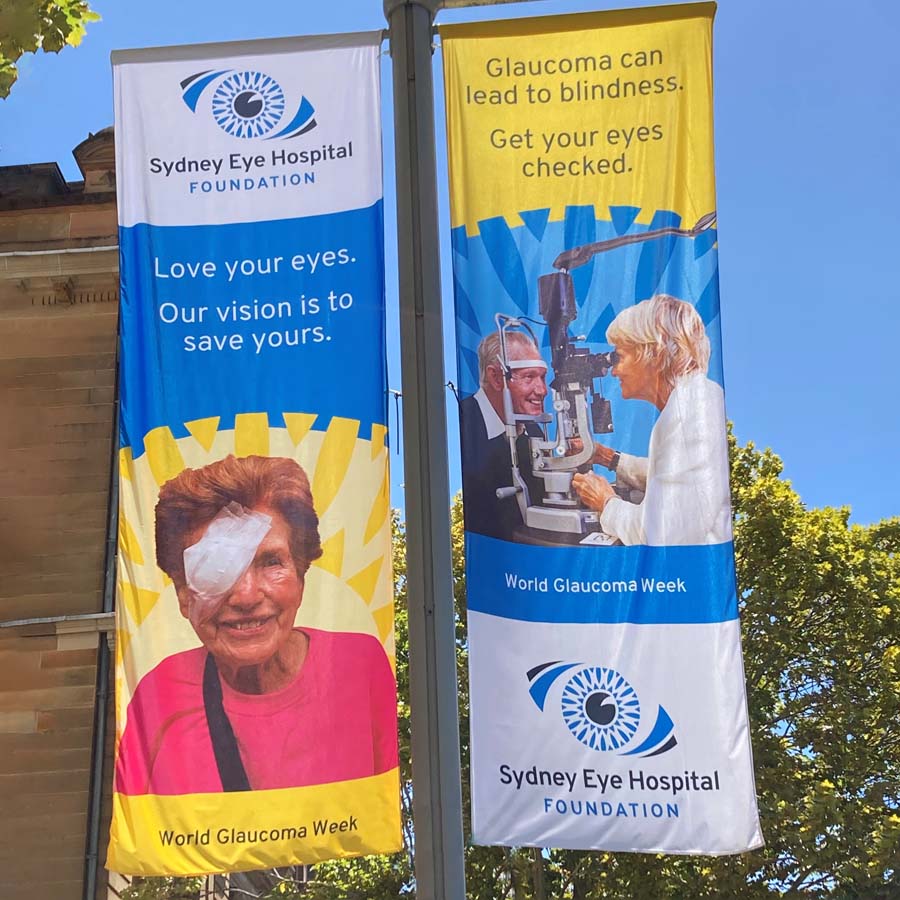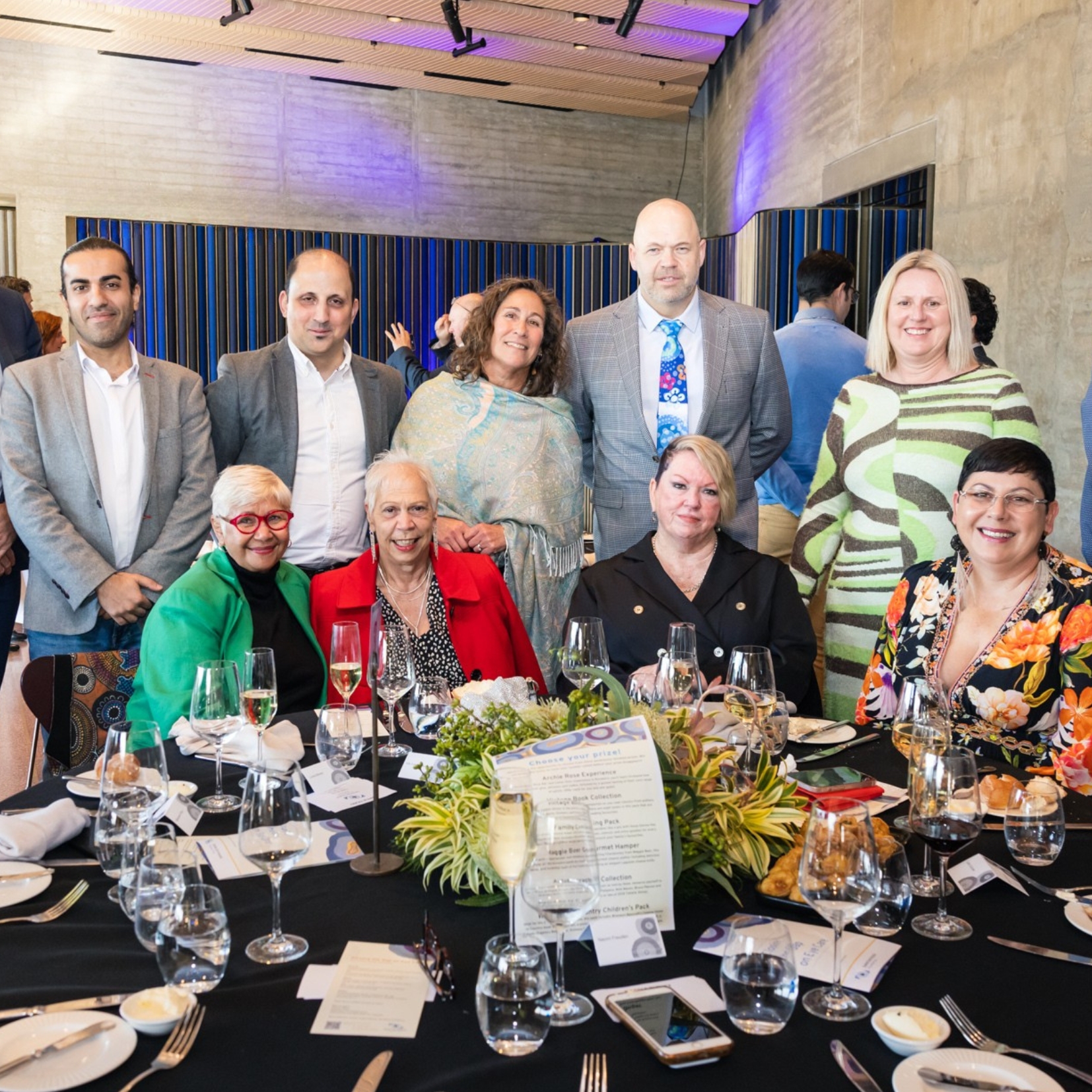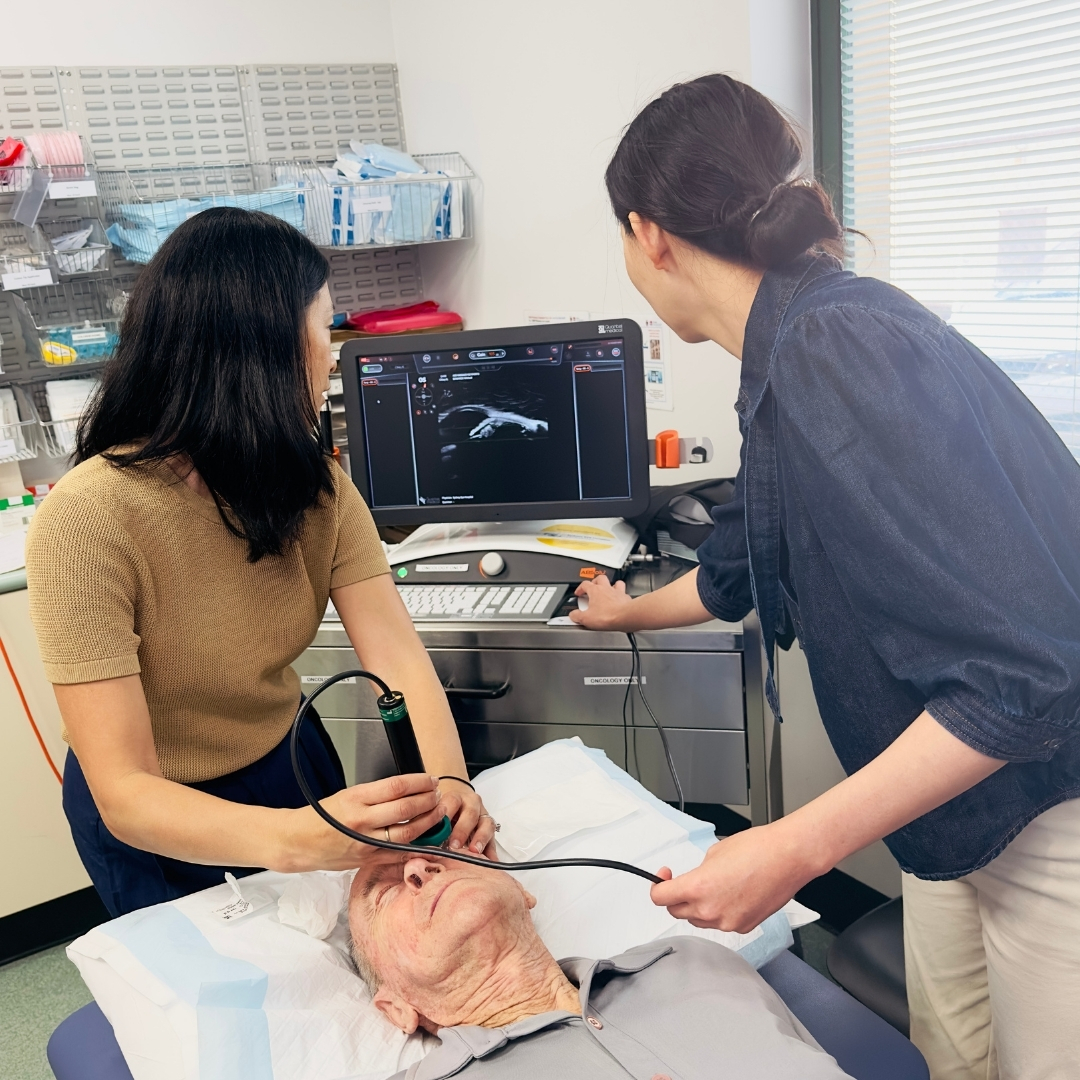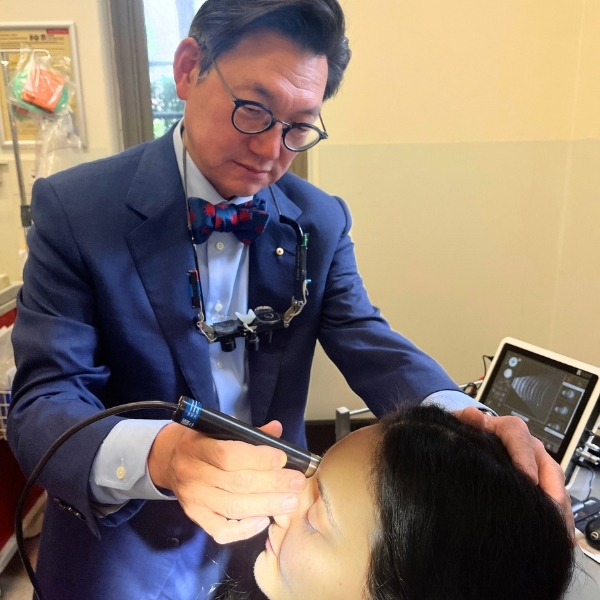This Glaucoma Week, Sydney Eye Hospital Foundation reflects on its part in eye care in Australia and the start of a specialist glaucoma service at the hospital in 1962, thanks to the Lions Club of NSW helping in establishing and outfitting a dedicated glaucoma clinic.

The hospital now offers all sub-specialities including Glaucoma, Uveitis, Vitreoretinal, Medical Retina, Cornea, Strabismus, Oncology, Neuro-ophthalmology.
According to Dr Ridia Lim, Head of Glaucoma Unit, there are globally 78 million people with glaucoma. “That is every one in 200 people aged 40, which rises to one in eight by aged 80.”
She also says an estimated 50% of Australians do not know they have glaucoma, and many who are diagnosed do not receive treatment.
“Glaucoma Week is important to encourage people to have their eyes tested, especially if they have a history of glaucoma in their family.”
“Lack of awareness about glaucoma can lead to vision loss, so it’s vital we work together with the community, and we are also grateful to Sydney Eye Hospital Foundation, Lions NSW/ACT Save Sight Foundation, Glaucoma Australia and our industry including optometrists and orthoptists for the role they play in early detection and treatment,” added Dr Lim.

Dr Ridia Lim, Head of Glaucoma Unit
And the Lions are still key partners. Dr Lim, this week announced a new Glaucoma-Neuro ophthalmology Fellowship, thanks to Lions NSW/ACT Save Sight Foundation and Sydney Eye Hospital Foundation.
“This has been on our wish list for a long time. Neuro-ophthalmology and glaucoma are two sub- specialities that have significant overlap and so training in both is invaluable and this role is a game changer,” said Dr Lim.
“This new fellowship will enable a glaucoma sub-specialist to have a deeper understanding of the interface between the eye and the brain and will benefit patients. Our neuro-ophthalmologists Dr Clare Fraser and Dr Mitchell Lawlor are thrilled to welcome this new position. We believe it will be an enormous benefit in diagnosing and treating our patients.”
According to Sydney Eye Hospital Foundation CEO, Linda Fagan, the Foundation has had a vital role in helping patients with glaucoma.
“Thanks to donors, we funded emerging technology like the Argon Laser in 1991 for $71,000 and a Nerve Fibre Analyser for the Glaucoma Unit providing essential scanning technology again in 1997,” says Linda.
“Since 2002 we’ve funded a Glaucoma Fellow, providing fully trained ophthalmologists invaluable hands-on experience with patients and leaders in their field, with doctors coming from all over the world, including Columbia, Philippines, India and Vietnam.”
“We’re currently funding research led by Dr Lawlor regarding neuro-glaucoma imaging and this World Glaucoma Week, we’re raising awareness with colourful flags in the Sydney CBD encouraging people to have their eyes tested,” Linda said.
Recognising thirty-five years of Glaucoma Australia

Professor Ivan Goldberg, trained at Sydney Eye Hospital, practised at both Prince of Wales and Sydney Eye Hospitals, and recognises specialist training and community awareness as vital to helping patients with glaucoma.
According to Professor Goldberg, “At Sydney Eye, we are able to provide world-standard glaucoma care to our community and the fellowship program is global in its reach and its impact.”
Equally important is community awareness: the raison d’etre of Glaucoma Australia, the organisation founded by Prof (then Dr) Goldberg and others in 1986.
The association was incorporated two years’ later, and this month celebrates its 35th anniversary.
For the past 35 years, Glaucoma Australia has provided a single, unified voice on all things related to glaucoma.
Glaucoma Australia co-founder Professor Ivan Goldberg spoke to mivision about the early days of the organisation and the challenges it still faces in raising community awareness.
“When I came back from my fellowship in the United States in 1980.… it became increasingly apparent that community awareness of glaucoma was woeful, that people were not having eye checks on a regular basis, and that people who had been diagnosed and were on treatment – partly because of a lack of understanding or knowledge or support – weren’t complying or persisting with their treatments so that the visual outcomes were not optimal.
“It seemed there needed to be a much wider availability of information on an individual and on a community basis,” Prof Goldberg said.
Reproduced with kind permission MiVision March 2023 issue.









